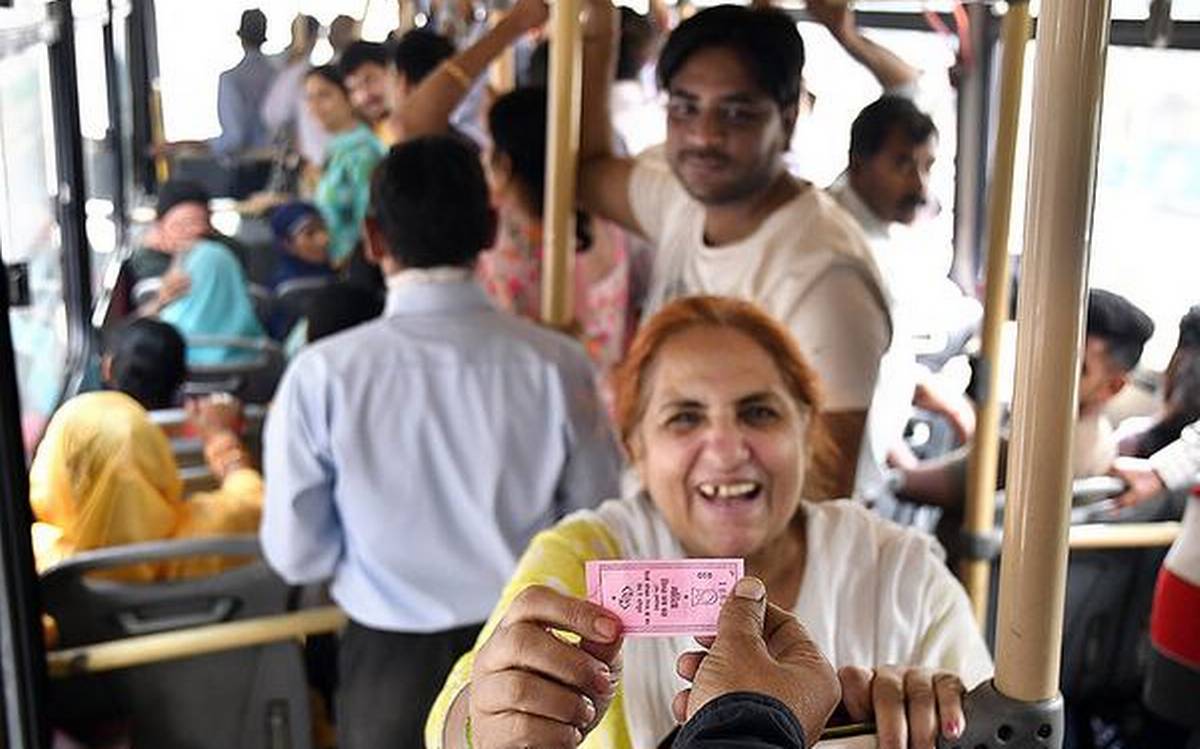This year on Bhai Dhooj, the Delhi government started the free-ride scheme for women travelling in buses. Women will be given pink tickets in DTC and cluster buses, and the Delhi government will reimburse transporters based on the number of pink tickets issued. For the uninitiated, Delhi Government’s original proposal was to give free rides to women in DTC Buses and metros and as suspected, this scheme was rejected by the center instantly. In spite of the rejection, Delhi Government managed to implement this scheme in DTC buses. They even deployed additional marshals for women’s safety and this week they flagged off 100 new buses.
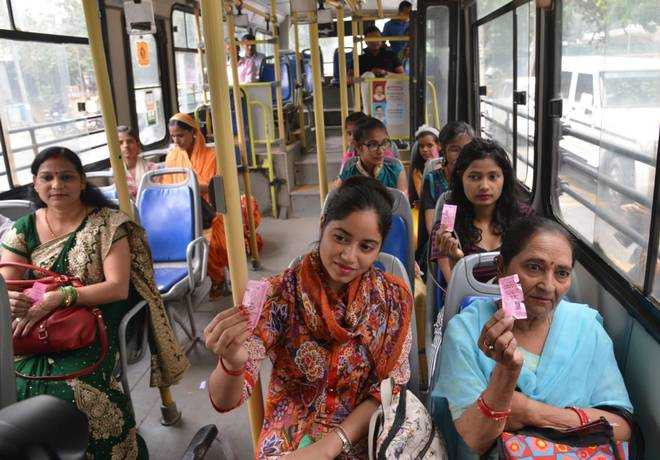
The initiative was met with a lot of criticism by the opposition and on social media, Delhi government was called names for seducing Delhi voters with freebies. We are a nation that loves muft, muft, muft and yet every Delhi Government scheme with subsidy is met with resistance and this one in particular had both genders annoyed.
So why are certain section of people opposing this idea?
“This scheme should be formulated on economic grounds and not restricted to genders!”
“If you educate a woman, you educate a family, if you educate a girl, you educate the future.” ~Queen Rania of Jordan
When you reduce financial burden for women, you are reducing financial burden for a household. India’s economy is derailing rapidly and the first people to get affected by this financial crunch would be women. There is a reason why girl child funds are provided for admission in schools. The girls in the family bear the burden of their families’ poverty. They are the first to be taken out of school, colleges and jobs if its not economically viable.
When you reduce financial burden for women, you are reducing financial burden for a household. India’s economy is derailing rapidly and the first people to get affected by this financial crunch would be women.
The public transport is typically meant for use by the economic weaker section but what keeps the women out, apart from the finances is also patriarchy. A man from the same family can take an even more cheaper mode of transit like the electric rickshaws or gramin sevas in Delhi, but the same are downright unsafe for a woman from the same family. For men and women who don’t travel by local buses and have issues with women being given free public transport, here is a piece of advice: please look beyond your privilege. For others, it is high time to acknowledge that the absence of women in public spaces is not because they don’t want to be there. It is imperative for the state to acknowledge structural and economic and gendered inequalities and this is a step in that direction.
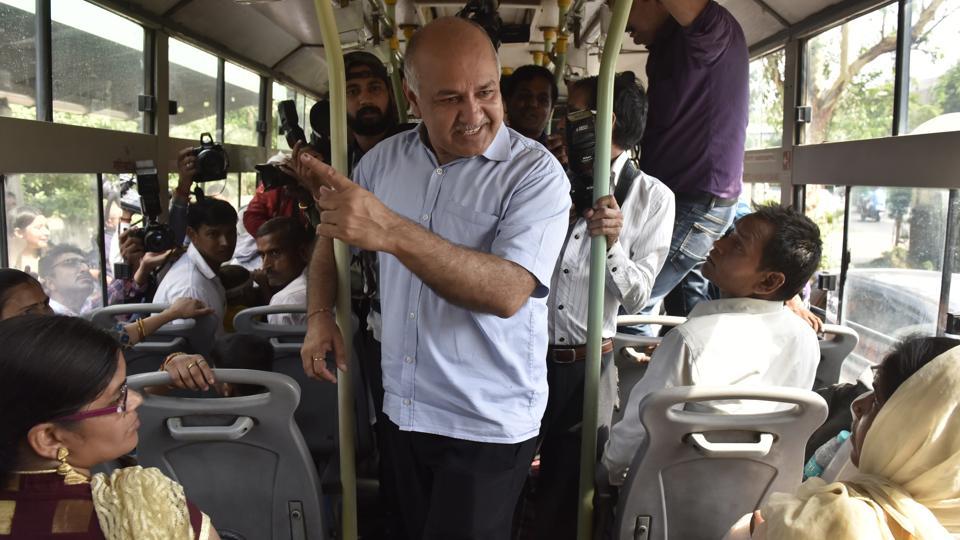
According to the National Sample Survey Organisation report and Periodic Labour Force Survey data (2017-18), the women Workforce Participation Rate (WPR) has always remained below the national average and recorded a significant decline of 10 per cent between 2011-12 and 2017-18. The reports also show that within the state, the lowest WPR is recorded among women of the low consumption class while the women of the high consumption class recorded the highest WPR during both time spans – 2011-12 and 2017-18.
“How does this scheme translate to safety for woman?”
The lack of financial stability strips us from most of our agency, and then club this with the increasing crime rate and sexual assaults. The lack of accountability and the poor redressal system makes women feel like the onus of protecting oneself, lies with them. This restricts women to move freely, use public transport and travel without any fear.
Also read: How Can We Make Urban Spaces Safer For Women?
These restrictions often play at a psychological level and hampers a woman’s ability to take risks and eventually they let go of opportunities. These restrictions also affect women financially. E.g: Choosing a cab after daylight than use public transport or letting go of a job opportunity that is far away from her house. Ask any woman who has to walk travel alone at night, it’s the constant dilemma between risking safety in public transport or choose safety over financial pressure.
As the number of women traveling in buses increase, DTC buses will be seen as a safe space to travel and this will empower us to access spaces that are primarily dominated by men. It is high time we fight to get access to these spaces that are restricted for us after dark. This scheme is not about a free bus ride, rather it is about the freedom to travel.
Ladies, ask yourself why do you prefer taking the ladies coach over other coaches no matter how cramped it is. We find safety in our clan, we find our strength in numbers. As the number of women traveling in buses increase, DTC buses will be seen as a safe space to travel and this will empower us to access spaces that are primarily dominated by men. It is high time we fight to get access to these spaces that are restricted for us after dark. This scheme is not about a free bus ride in Delhi, rather it is about the freedom to travel. We need to look at this scheme at a macro level, look at the bigger picture. As our mobility increases, it will lead us to explore more opportunities and that will create true empowerment.
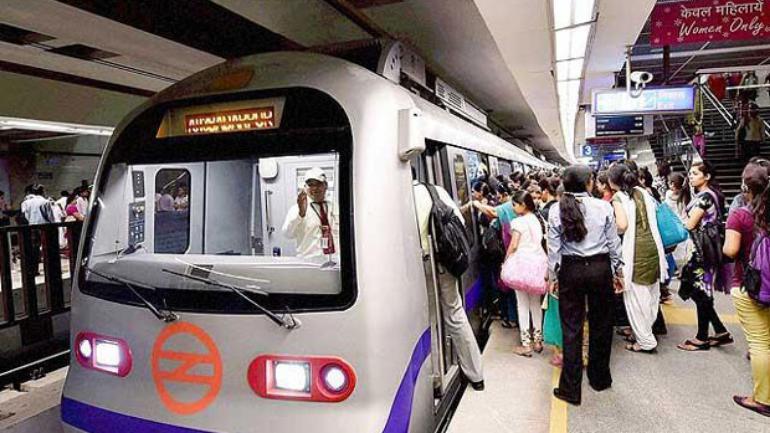
Conclusion
Leaving aside the aforementioned reasons, the very idea of women being able to travel whenever they want, wherever they want, without any dependence on the male members of their family is nothing short of revolutionary. Something has to be said for the privilege of mobility and how long overdue it is for women in a metropolitan capital of the world’s largest democracy.
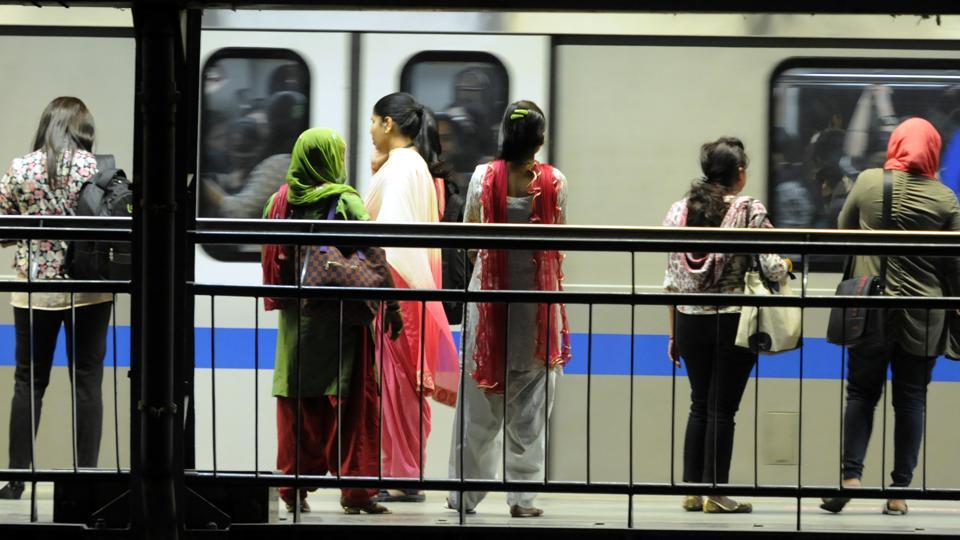
I have often heard people complain that state should not show favoritism on the basis of gender. That would mean that we shouldn’t acknowledge the now institutionalized disparities of our societies. While the ideal case scenario is to extend this scheme to economically weaker section, this is one small step to bridge the gender inequality. There are some short term measures and some long term ones; this might seem like a short term measure but it is a promising scheme with long term benefits. It carries within itself the promise of changing women’s access and mobility. The path to reformation and emancipation isn’t linear.
Also read: The Road To Safety: On Why Pink Autos Gradually Disappeared
It is time we keep both our politics and our privileges aside and come together for our tribe. Let us create a space where no one can blame Nirbhaya for travelling late at night in Delhi, because it is a norm and not an exception. As Sansa in Game of Thrones says, “When the snow fall and the white winds blow, the lone wolf dies, but the pack survives”. So let’s take every opportunity that we get to create a safe place for us, even if they are in the form of freebies.
Remya Muralidharan is a communication consultant and freelance video editor based out of Delhi. You can find her on Facebook, Twitter and Instagram.
Featured Image Source: The Hindu
